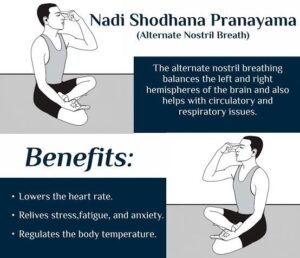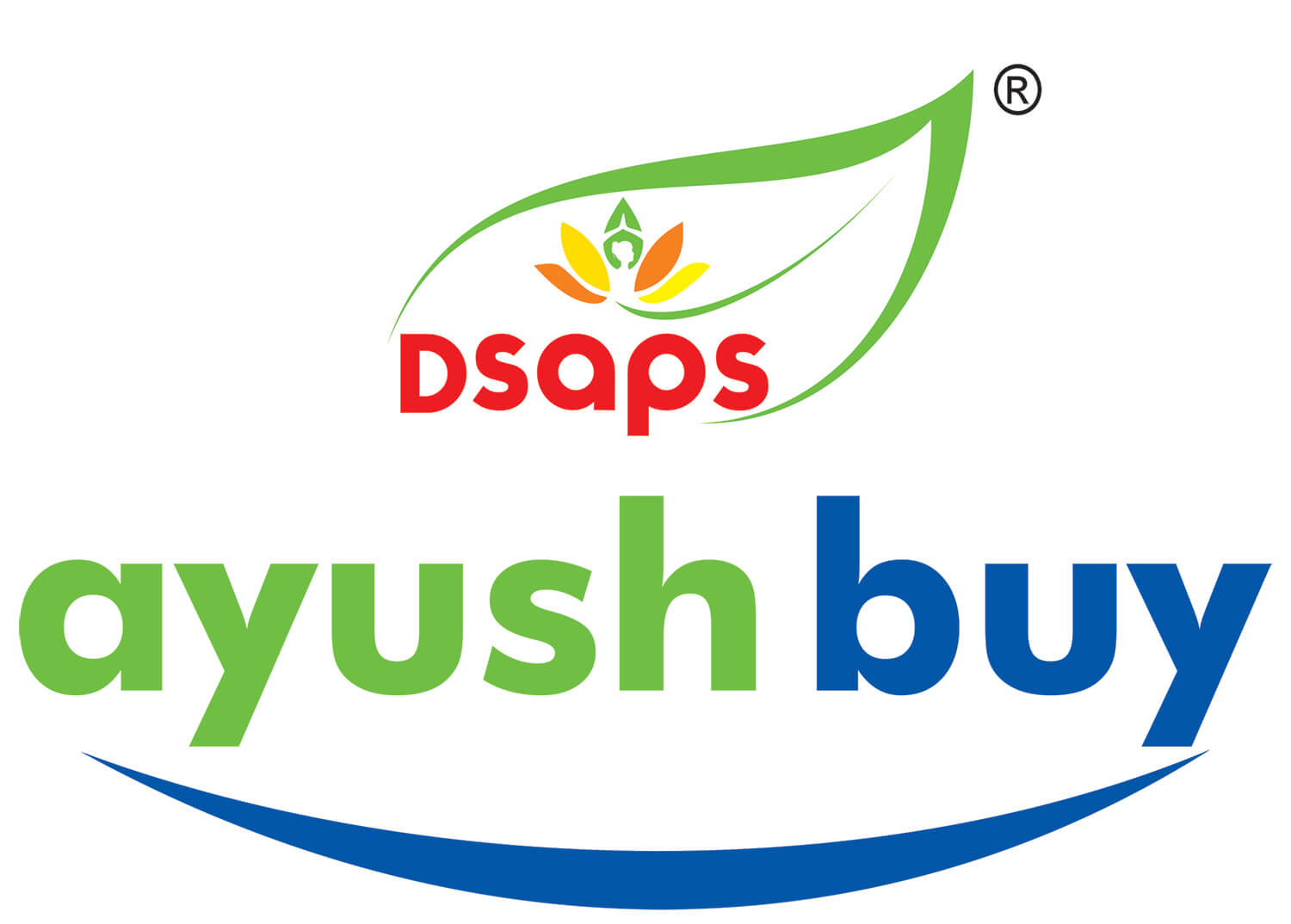Gastritis is inflammation in the soft mucous lining of your stomach. This lining is a protective barrier in your stomach. When it’s inflamed, it means it’s under attack. It might be from an infection, a substance you ingested or digestive chemicals. Gastritis happens when your immune system detects a threat to this barrier. Your immune system triggers inflammation in the tissues to help fight infections and promote healing.
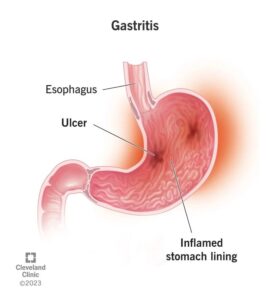
What causes gastritis?
Gastritis may be caused by many things. It can be caused by diet and lifestyle habits, such as:
- Drinking too much alcohol
- Smoking
- Extreme stress. This can be from serious or life-threatening health problems.
- Long-term use of aspirin and over-the-counter pain and fever medicines
Health issues that can lead to gastritis include:
- Infections caused by bacteria and viruses
- Major surgery
- Traumatic injury or burns
Some diseases can also cause gastritis. These include:
- Autoimmune disorders. This is when your immune system attacks your body’s healthy cells by mistake.
- Chronic bile reflux. This is when bile backs up into your stomach and food pipe (esophagus). Bile is a fluid that helps you digest food.
- Pernicious anemia. This is a form of anemia that happens when your stomach can’t digest vitamin B-12.
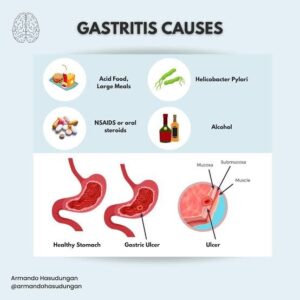
What are the different types of gastritis?
You can have acute gastritis or chronic gastritis.
- Acute gastritis is sudden and temporary. The conditions that cause it are also acute.
- Chronic gastritis is a long-term condition, though you may not notice it all the time (or at all). It tends to develop gradually, as a result of another chronic condition.
Gastritis can also be erosive or nonerosive.
- Erosive gastritis means the thing that’s causing your gastritis is actually eating away at your stomach lining, leaving wounds (ulcers). It’s often a chemical, like acid, bile, alcohol or drugs.
- Nonerosive gastritis doesn’t leave erosive changes but may cause irritation, such as reddening of the stomach lining. A specific form of nonerosive gastritis, atrophic gastritis, can cause your stomach lining to react by thinning or wasting away (atrophy). This can cause digestive issues.
Gastritis may go by a more specific name, based on the cause. Some examples are:
- Infectious gastritis.
- Drug-induced gastritis.
- Alcohol-induced gastritis.
- Stress-induced gastritis.
- Autoimmune gastritis.
- Eosinophilic gastritis.

What are the symptoms of gastritis?
Each person’s symptoms may vary. The most common symptoms of gastritis include:
- Stomach upset or pain
- Belching and hiccups
- Belly (abdominal) bleeding
- Nausea and vomiting
- Feeling of fullness or burning in your stomach
- Loss of appetite
- Blood in your vomit or stool. This is a sign that your stomach lining may be bleeding.
- The symptoms of gastritis may look like other health problems.
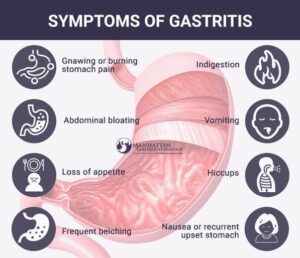
Complications
- Left untreated, gastritis may lead to stomach ulcers and stomach bleeding. Rarely, some forms of chronic gastritis may increase your risk of stomach cancer, especially if you have extensive thinning of the stomach lining and changes in the lining’s cells.

Things you can do to help gastritis
If gastritis is causing mild indigestion symptoms, there are things you can do to help.
Do
- reduce the amount of drinks you have that contain caffeine, such as tea, coffee, cola and energy drinks
- lie on an extra pillow in bed so your head and shoulders are higher, to help stop stomach acid rising up your throat while you sleep
- lose weight if you’re overweight
- talk to your doctor if you regularly take anti-inflammatory painkillers (such as ibuprofen) or aspirin
Don’t
- do not eat 3 to 4 hours before going to bed
- do not have food or drink that’s acidic (such as orange juice), fizzy, spicy or fatty
- do not drink alcohol
- do not smoke
EXERCISES AND YOGA
- Naadi shodana pranayama
- Kaphal bathi pranayama
- Vajrasana
- Ustrasana
- Pawanmuktasana
PAWANMUKTASANA

VAJRASANA

USTRASANA
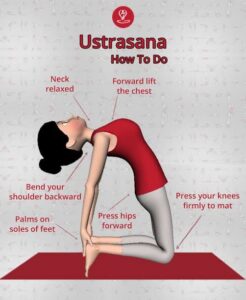
KAPHALABHATI PRANAYAMA
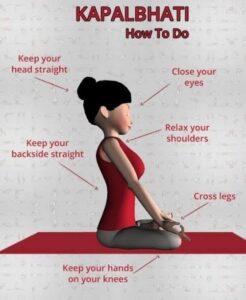
NAADI SHODANA PRANAYAMA
